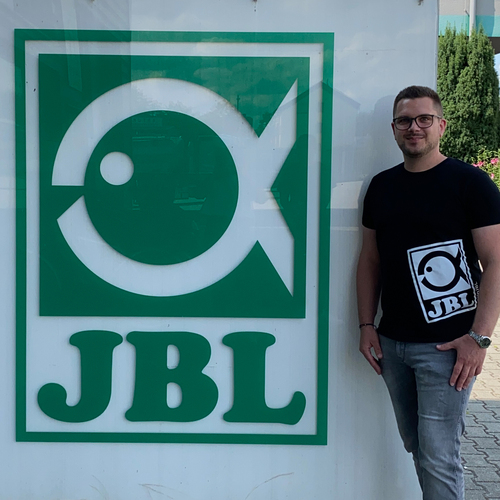It is one of the most beautiful rivers in the world. The "Liquid Rainbow" in the middle of Colombia. We are talking about the Caño Cristales, a clearwater river, also known as the "River of Five Colors ", which rises from a 130 km long mountain range in the Serranía de la Macarena National Park and flows into the Guayabero. The aquatic plant Macarenia clavigera, today scientifically described as Rhyncholacis clavigera, is characteristic for the region. Its colouring varies throughout the year from July to November.
Contrary to the common assumption, Macarenia is not an alga, even though it has some similarities. The frequently repeated assertion that no fish live in the nutrient-poor river with its sparsity of suspended matter is not correct.
The landscape is one of picturesque rock formations, fairy-tale waterfalls and all the beautiful scenery a rich variety of flora and fauna can create. The course of the river is marked by the influences of the three major ecosystems: Andes, Llanos and the Amazon rainforest.
#jblexpedition
In Episode #06 of TROPENFIEBER - Hobby meets Nature we have a renowned scientist and the president of the German Cichlid Society at the microphone. Dr. Wolfgang Staeck was in Colombia in November with the JBL research team and, as a behavioral researcher of cichlids, has focused his topic for this interview on the Serranía de la Macarena National Park. This place was of special importance to Wolfgang both for its enchanting aquatic plants, and also its rare dwarf cichlids (Apistogramma alacrina). These we were able to discover with him there.
Wolfgang has already traveled to many countries of this world. He has undertaken expeditions like this one into the homes of ornamental fish, deep into jungles and to the lakes of Africa. As a multiple reference book author, active aquarist and researcher, he knows how to direct his gaze and focus on details which remain hidden to many. Thus he is able to correctly classify most discoveries on site.
In this episode we will learn many of these details and gain insights through them. We’ll learn how the JBL research team got to Caño Cristales or Caño Cristalito by boat, jeep and on foot, sometimes covering more than 15 km in high temperatures. We’ll talk about the great diversity of species and the sudden coolness in Caño Cristales and Caño Cristalito. At 26 - 28 °C we found this refreshing and it heralded many new discoveries and thrilling insights.

